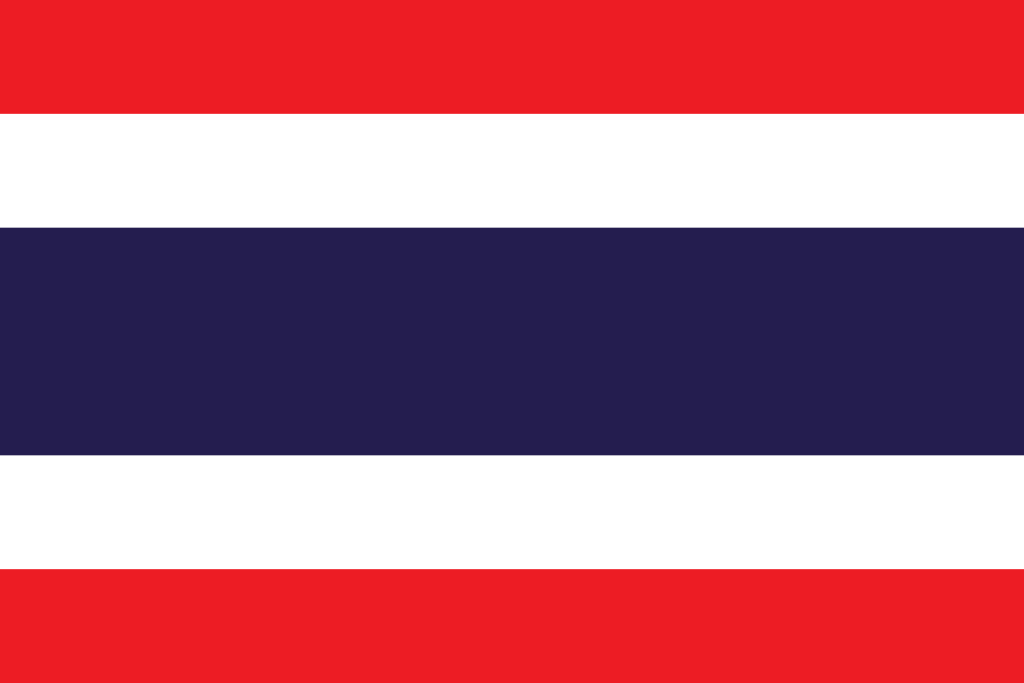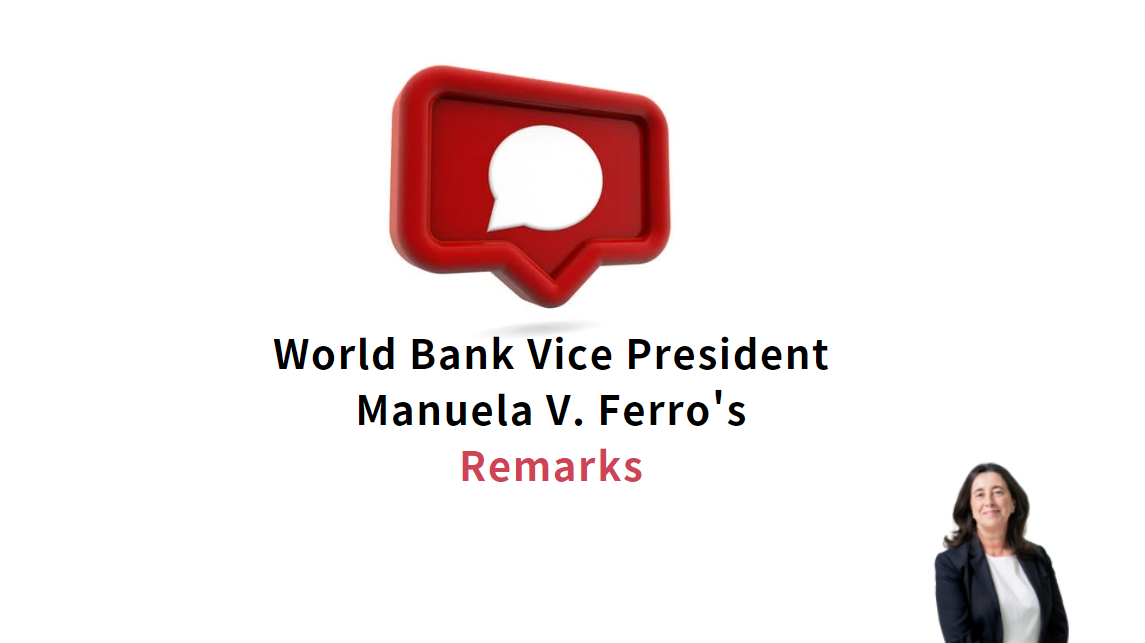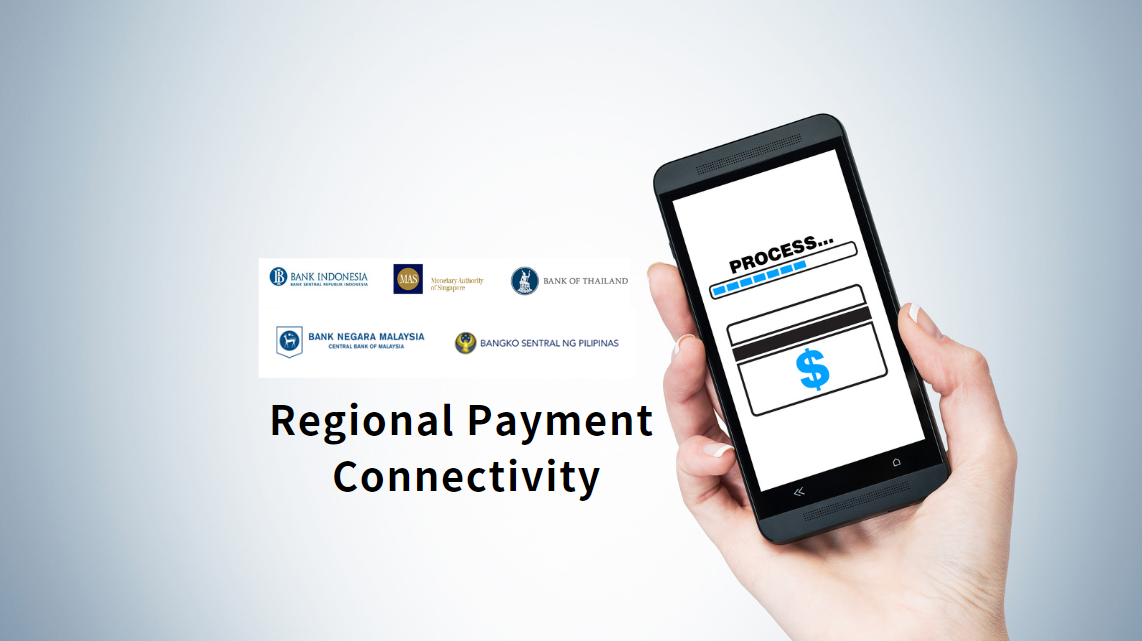Performance of the Thai Banking System in the Third Quarter of 2022
Ms. Suwannee Jatsadasak, Senior Director, Bank of Thailand, reported on the Thai banking system’s performance in the third quarter of 2022 that the Thai banking system remained resilient with high levels of capital fund, loan loss provision and liquidity, which served as key mechanism to support the economic recovery and accommodate loan demand from businesses and households going forward. In addition, banks continued to manage their loan portfolios and assist borrowers through debt restructuring. Meanwhile, the banking system’s profitability improved from the same period last year, mainly due to loan expansion which resulted in an increase in net interest income as well as lower provisioning expenses. Details are as follows:
The Thai banking system’s capital fund stood at 3,094.6 billion baht, equivalent to capital adequacy ratio (BIS ratio) of 19.2%. Loan loss provision remained high at 890.7 billion baht with NPL coverage ratio of 171.6%. Liquidity coverage ratio (LCR) registered at 186.5%.
Banks’ overall loan growth grew at a slower pace by 5.3% year-on-year in the third quarter of 2022, compared with 6.3% in the previous quarter, mainly as a result of loan repayment from government and banks’ loan portfolio management. However, loans continued to expand following the economic recovery. Details on bank loans are as follows:
Corporate loan growth increased by 6.1% year-on-year owing mainly to expansion in large corporate loans1 to support financing needs of businesses in line with the improving recovery of economic activities. Meanwhile, SME loans2 slightly contracted primarily due to the scheduled repayment of soft loan facility.
Consumer loans expanded by 3.9% year-on-year in all loan types. Personal loans continued to grow along with the recovery of private consumption. Meanwhile, mortgage loans expanded following an increase in housing demand for both low-rise and high-rise residential properties, partly due to the housing stimulus measures which will end in 2022. Auto loans increased consistent with growth in domestic car sales. Credit card loans continued to grow in line with an increase in credit card usage, together with last year’s low base of credit card spending during lockdown.
On the loan quality front, banks continued to manage their loan portfolios and assist borrowers through debt restructuring. As a result, the gross non-performing loans (NPL or stage 3) in the third quarter of 2022 decreased to 502.7 billion baht, equivalent to the NPL ratio of 2.77%. Meanwhile, the ratio of loans with significant increase in credit risk (SICR or stage 2) to total loans was 6.26%, increasing from 6.09% in the previous quarter.
The banking system recorded a net profit of 60.4 billion baht in the third quarter of 2022, increasing by 56.8% from the same quarter last year. This was driven mainly by loan expansion which resulted in an increase in net interest income, together with lower provisioning expenses after banks have gradually set aside an elevated level of provision throughout the COVID-19 period. Compared to the previous quarter, net profit declined primarily due to lower non-interest income from seasonal effect of dividend income last quarter, while net interest income increased. As a result, the ratio of net interest income to average interest-earning assets (Net Interest Margin: NIM) increased to 2.64% from 2.51% in the previous quarter. Meanwhile, the overall return on asset ratio (ROA) decreased to 1.01% from 1.11% in the previous quarter.






















































First, please LoginComment After ~